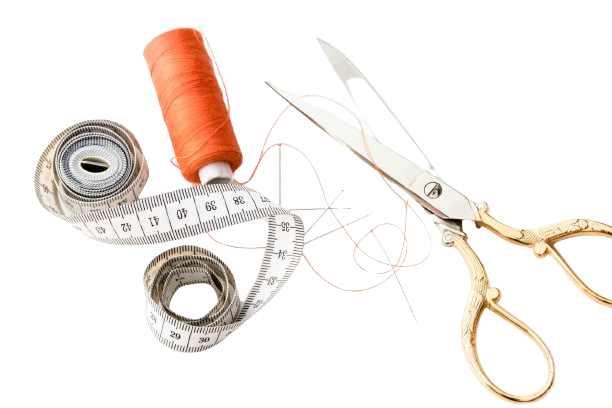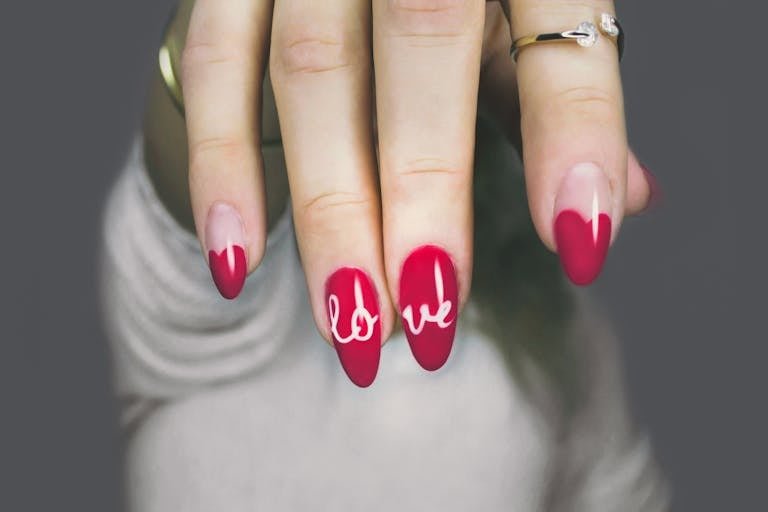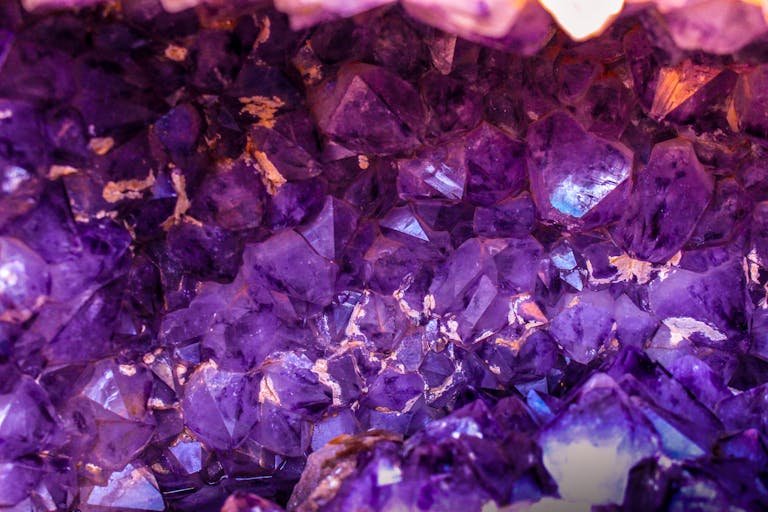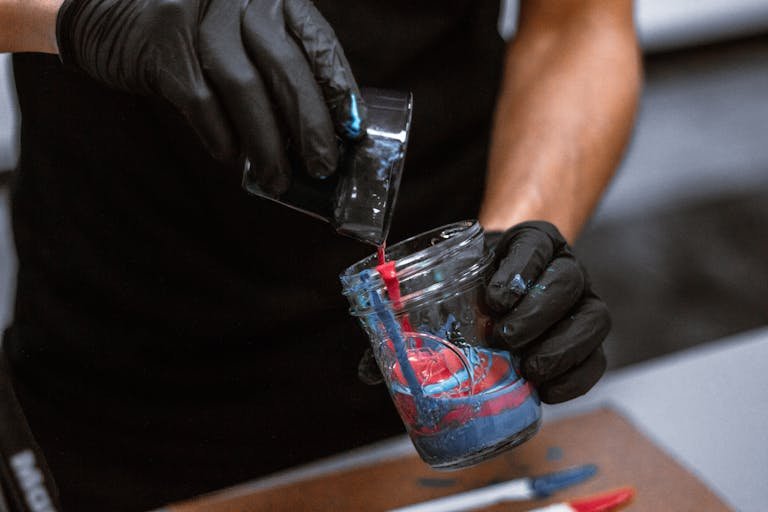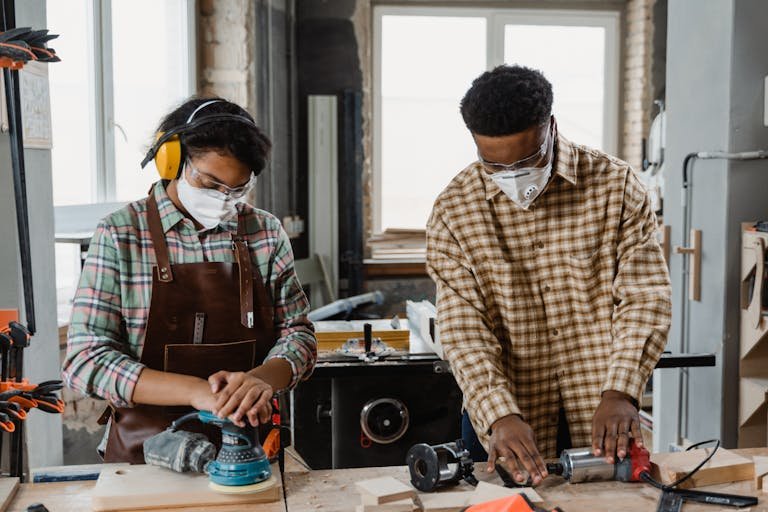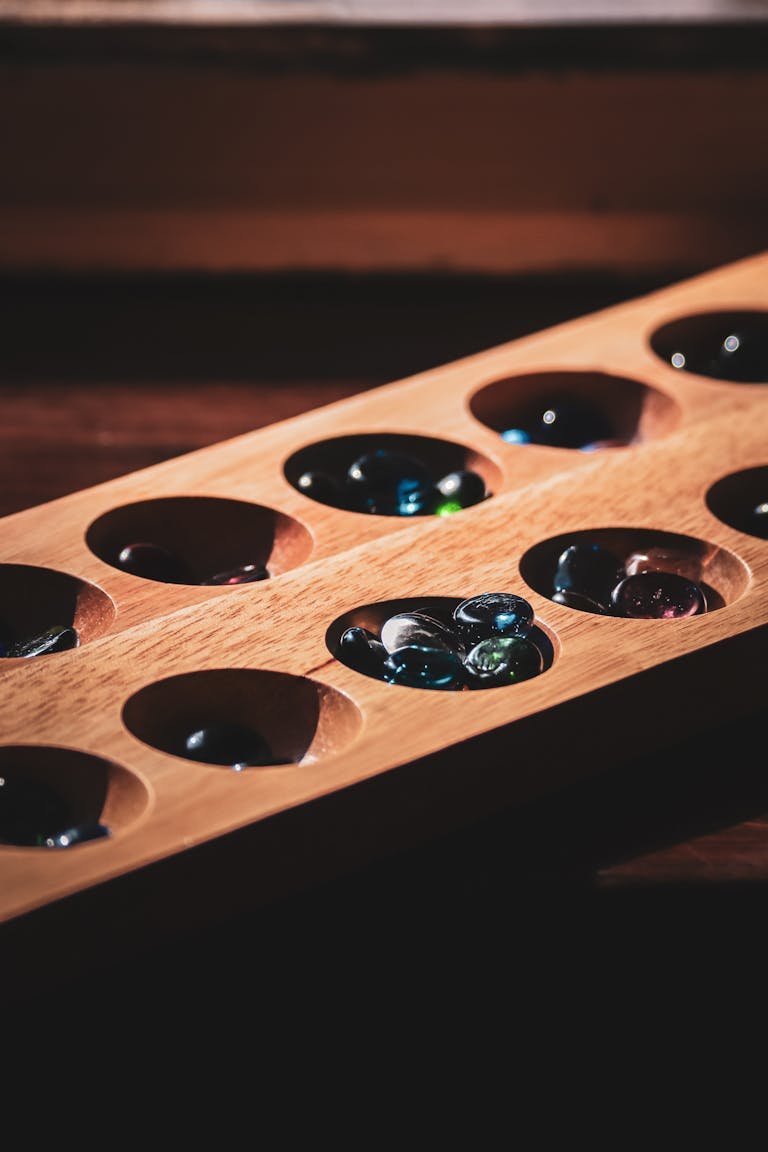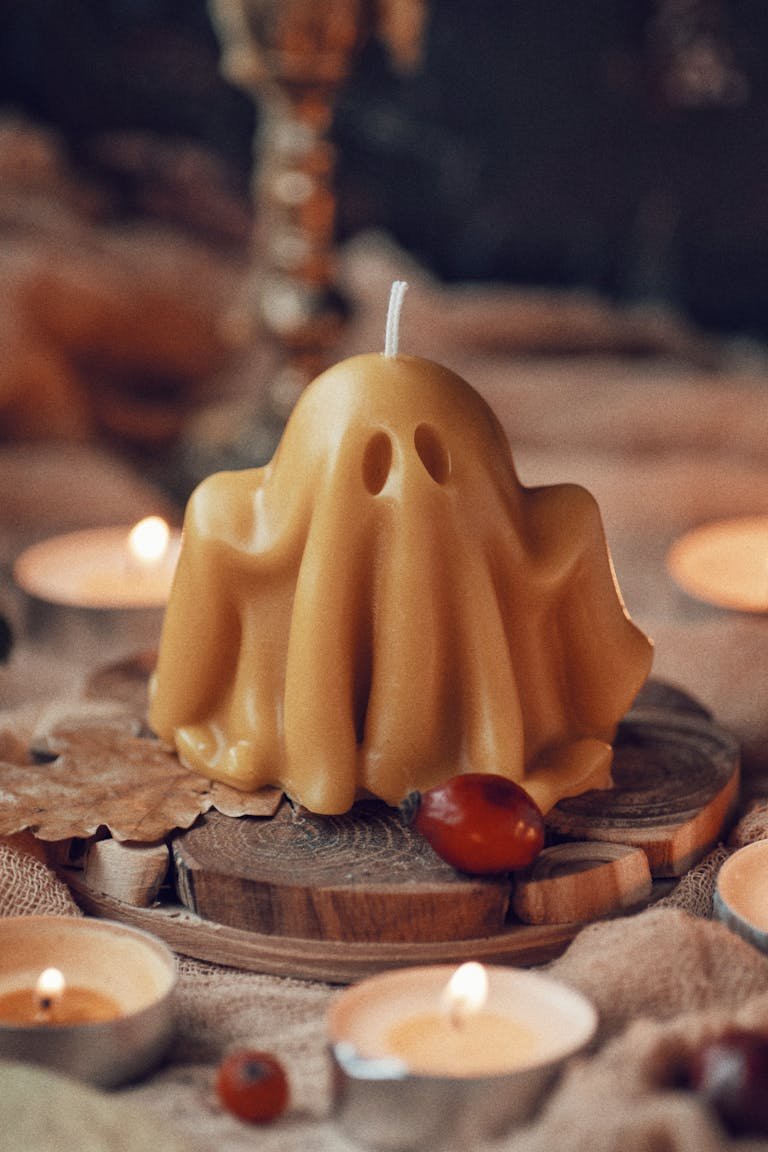Reverse Proof Coin Magic: Uncover Hidden Beauty
A reverse-proof coin is a special type of coin known for its distinctive appearance and meticulous craftsmanship. Unlike standard-proof coins, which feature frosted design elements on a mirror-like background, reverse-proof coins switch this contrast. The raised design elements of reverse proof coins, such as the portraits, text, and other details, are mirror-like, while the flat background areas, called fields, are frosted or matte. This unique combination creates a stunning visual effect that enhances the coin’s detail, making it highly sought after by collectors and numismatists alike.
In this article, we’ll explore what reverse-proof coins are, how they are made, why they are so desirable, and their impact on the coin-collecting community.
What is a Reverse Proof Coin?
A reverse-proof coin is a special type of coin with a unique finish. Unlike traditional proof coins that have a mirror-like field with frosted design elements, reverse proof coins have a frosted field with mirror-like design elements. This reversal creates a striking contrast and highlights the coin’s details in a captivating way.
Key Characteristics of Reverse Proof Coins
To truly understand reverse-proof coins, let’s take a closer look at their defining features:
- Mirror-Like Raised Details: The design elements on a reverse-proof coin, such as portraits, lettering, and other raised portions, are given a brilliant mirror-like finish. This gleaming surface catches the light and draws attention to the coin’s details.
- Frosted Fields: The background or flat areas of the coin, known as fields, are frosted or given a matte finish. This muted surface contrasts sharply with the reflective design elements, making the details stand out even more.
- Striking Visual Contrast: The reversal of the traditional proof coin finish creates a striking visual contrast that enhances the appearance of the coin. This contrast is often cited as the main reason for the popularity of reverse-proof coins among collectors.
How are Reverse Proof Coins Made?
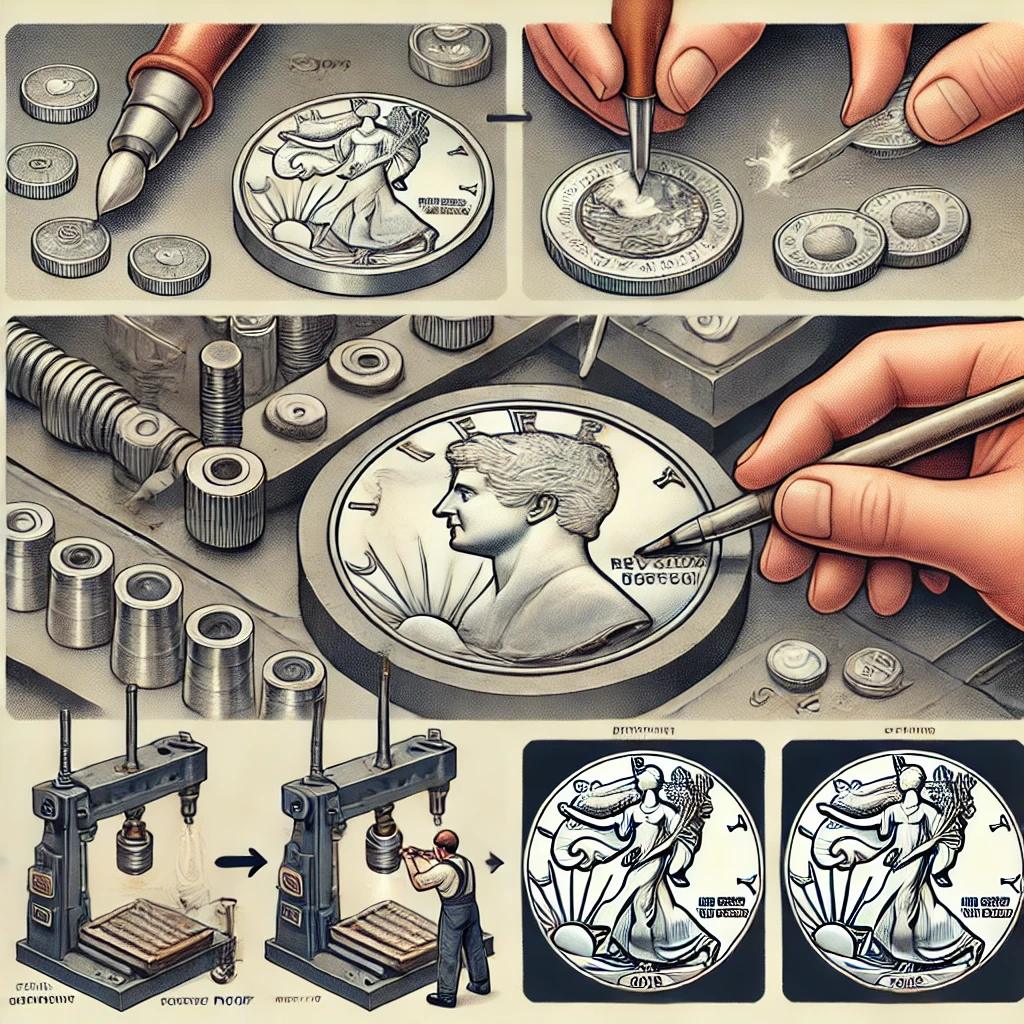
The production of reverse-proof coins requires meticulous attention to detail and a specialized minting process. While the steps are similar to those used in the creation of traditional proof coins, the emphasis is on creating frosted fields and mirror-like design elements.
Planchet Preparation
The first step in creating a reverse-proof coin is preparing the planchet, which is the blank piece of metal that will be struck into a coin. For reverse-proof coins, the planchet is polished to a high shine before it is struck. This polishing ensures that the raised design elements will have a brilliant, mirror-like finish.
Die Preparation
The dies used to strike reverse-proof coins are specially prepared to create the frosted fields. This is done by treating the areas of the die that will form the fields so that they impart a frosted or matte texture onto the planchet during the striking process. The design elements on the die, which will form the raised portions of the coin, are left untreated so that they remain shiny and reflective.
Striking Process
Once the planchet and dies are prepared, the coin is struck. Reverse-proof coins are typically struck with higher pressure than standard coins to ensure that the design details are deep and impressive. This extra pressure helps to create a sharp contrast between the frosted fields and the mirror-like design elements.
In some cases, reverse-proof coins may be struck multiple times to achieve the desired level of detail and contrast. This repeated striking further enhances the quality of the coin, making it even more appealing to collectors.
Read Also: DIY Candle Magic: Craft Your Perfect Fragrance Oil
Why are Reverse Proof Coins Desirable?
Reverse-proof coins are highly sought after by collectors for several reasons. Their unique appearance, limited availability, and the special attention given to their production all contribute to their desirability. Below are some of the key factors that make reverse-proof coins so appealing.
Stunning Appearance
The most obvious reason for the popularity of reverse-proof coins is their stunning appearance. The contrast between the mirror-like design elements and the frosted fields creates a visually striking coin that stands out from other types of coinage. This unique look is often considered more attractive than the traditional proof coin finish, making reverse-proof coins a favorite among collectors who appreciate aesthetic beauty.
Rarity
Another major factor that drives the desirability of reverse-proof coins is their rarity. These coins are typically produced in limited quantities, often as part of special commemorative or anniversary releases. Because they are not produced in large numbers, reverse-proof coins are considered rarer than standard-proof coins or circulation coins, adding to their appeal for collectors who prize exclusivity.
Collector Value
Due to their limited availability and distinctive appearance, reverse-proof coins often have higher collector value than standard-proof coins. Collectors are willing to pay a premium for these coins, especially if they are part of a limited-edition series or have historical significance. The combination of rarity and aesthetic appeal makes reverse-proof coins a valuable addition to any collection.
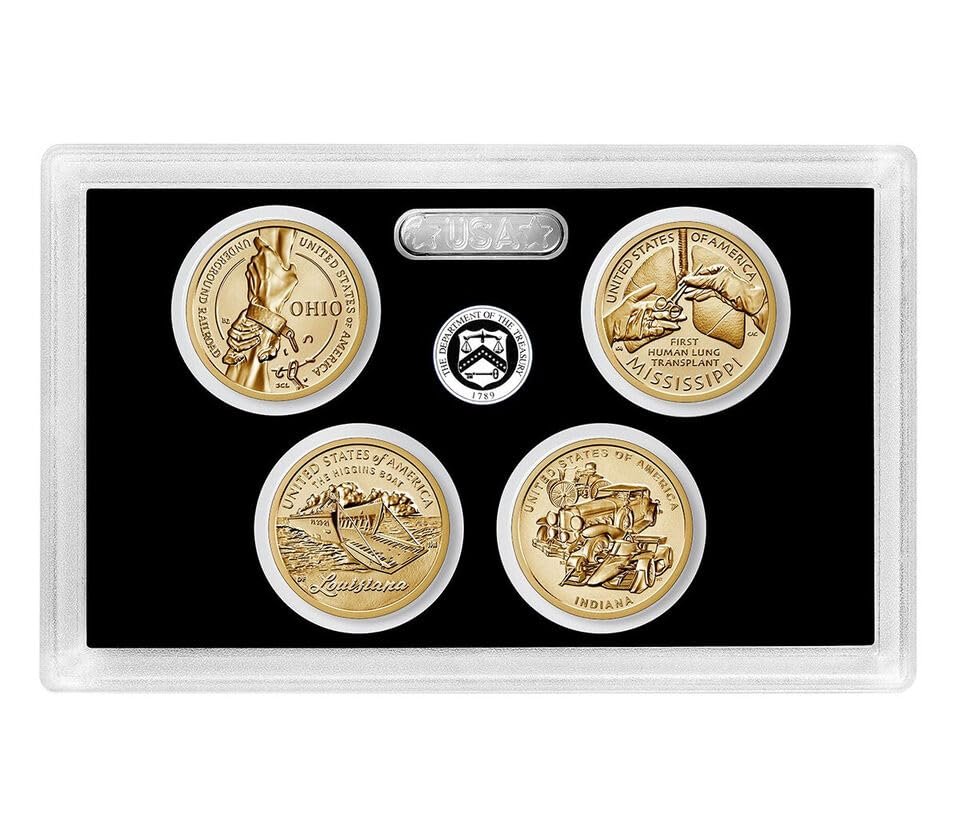
Examples of Reverse Proof Coins
While reverse-proof coins are produced by various mints around the world, the United States Mint is particularly well-known for its reverse-proof offerings. Below are some popular examples of reverse-proof coins from the U.S. Mint:
American Silver Eagle
The American Silver Eagle is one of the most iconic coins produced by the U.S. Mint, and it has been released in several reverse-proof versions over the years. These reverse-proof Silver Eagles feature the classic design of Liberty on the obverse and the heraldic eagle on the reverse, with the distinctive reverse-proof finish that highlights the intricate details of the design.
American Gold Eagle
Like the Silver Eagle, the American Gold Eagle has also been released in reverse-proof versions. These coins feature the same iconic design, with a mirror-like finish applied to the raised elements of the coin and frosted fields creating a sharp contrast. Reverse-proof Gold Eagles are highly sought after by both collectors and investors due to their beauty and gold content.
American Innovation $1 Coins
The American Innovation $1 Coin series celebrates American innovation and ingenuity, and several coins in this series have been released with a reverse-proof finish. These coins feature designs that honor various inventors, innovations, and technological advancements, and the reverse-proof finish adds an extra layer of elegance to the designs.
Are Reverse Proof Coins More Valuable?
Generally, yes, reverse-proof coins tend to be more valuable than their standard counterparts. This is due to a combination of factors:
Limited Mintage
One of the primary reasons reverse-proof coins are more valuable is their limited mintage. These coins are often produced in smaller quantities than standard proof or circulation coins, making them rarer and more desirable to collectors. The limited availability of reverse-proof coins means that they are often sold out quickly, driving up demand and, consequently, their value on the secondary market.
Collector Demand
Collector demand also plays a significant role in determining the value of reverse-proof coins. Their unique appearance makes them highly sought after by collectors who appreciate the contrast between the mirror-like design elements and the frosted fields. This high demand, coupled with limited supply, often leads to reverse-proof coins fetching higher prices than other types of coins.
Higher Quality Standards
Reverse-proof coins are typically produced to stricter quality standards than standard coins. Extra care is taken in their production, including the special preparation of the planchets and dies and the use of higher striking pressure which results in coins of exceptional quality. This higher level of craftsmanship contributes to the overall value of reverse-proof coins, as collectors are willing to pay a premium for coins that meet these elevated standards.
Market Factors
While reverse-proof coins are generally more valuable than standard-proof coins, their specific value depends on several market factors. These include the coin’s age, condition, mint mark, and overall demand. Coins that are part of a highly sought-after series or have historical significance are likely to command higher prices than those that are less well-known or in lower demand.
Read Also: DIY Pants That Fit Like a Glove
Closing Words
Reverse-proof coins are a captivating and highly desirable form of coinage that stands out for their unique finish and striking visual contrast. The combination of mirror-like design elements and frosted fields creates a stunning appearance that appeals to collectors and enthusiasts alike. The meticulous production process, limited mintage, and higher quality standards all contribute to the desirability and value of reverse-proof coins.
Whether you’re a seasoned collector or new to the world of numismatics, reverse-proof coins offer a special opportunity to own a piece of coinage that is both beautiful and rare.
